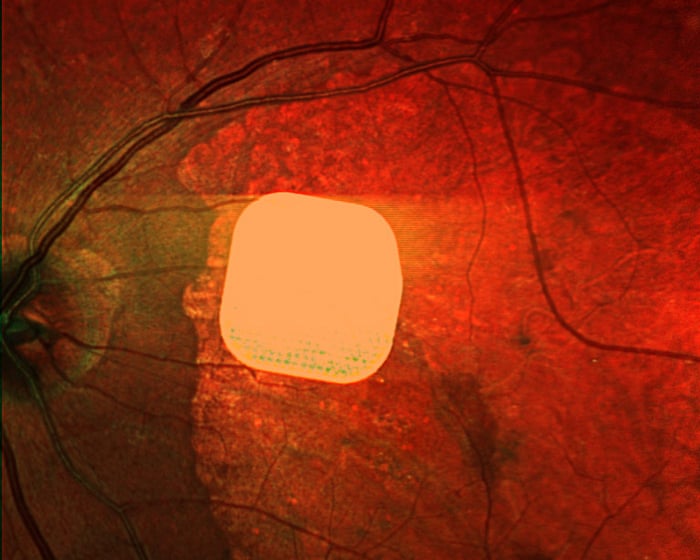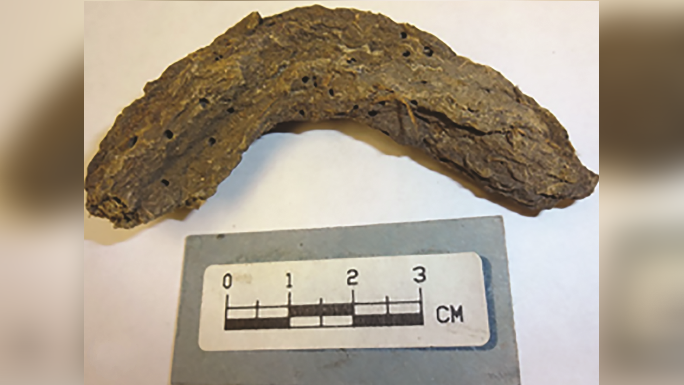How Testosterone Is Giving Middle-Aged Women the Best Sex of Their Lives
PositiveScience
A growing trend is emerging as middle-aged women are discovering the benefits of testosterone for enhancing their sexual experiences. Despite the lack of FDA-approved products and insurance coverage, many are turning to this hormone to reclaim their vitality and intimacy. This cultural phenomenon highlights the need for more awareness and acceptance of women's health issues, particularly in the realm of sexual wellness.
— Curated by the World Pulse Now AI Editorial System






